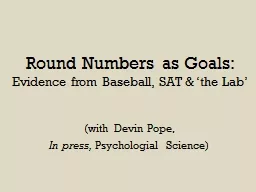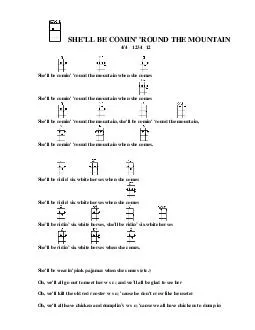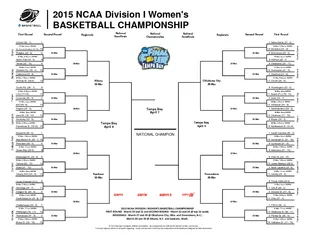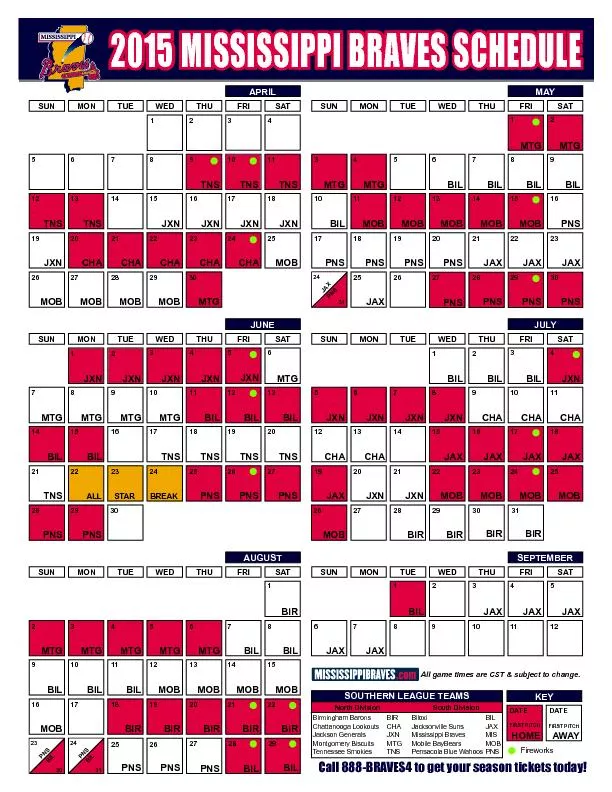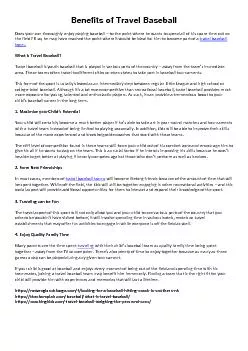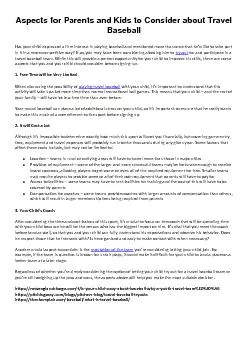PPT-Round Numbers as Goals: Evidence from Baseball, SAT & ‘the Lab’
Author : alida-meadow | Published Date : 2019-06-21
with Devin Pope In press Psychologial Science The Paper in one slide Rosch Cog Psych 1975 Cognitive Reference Points Focal values in categories used to judge
Presentation Embed Code
Download Presentation
Download Presentation The PPT/PDF document "Round Numbers as Goals: Evidence from Ba..." is the property of its rightful owner. Permission is granted to download and print the materials on this website for personal, non-commercial use only, and to display it on your personal computer provided you do not modify the materials and that you retain all copyright notices contained in the materials. By downloading content from our website, you accept the terms of this agreement.
Round Numbers as Goals: Evidence from Baseball, SAT & ‘the Lab’: Transcript
with Devin Pope In press Psychologial Science The Paper in one slide Rosch Cog Psych 1975 Cognitive Reference Points Focal values in categories used to judge other values. COMMARCHMADNESS March 20 and 22 secondthirdround sites Buffalo Milwaukee Orlando Spokane March 21 and 23 secondthirdround sites Raleigh San Antonio San Diego St Louis March 27 and 29 regional sites Anaheim Memphis March 28 and 30 regional sites India Shell be r din six w ite horses w en she comes Shell be r din six w ite horses w en she comes Shell be ridin six w ite horses ell be ridin six w ite horses Shell be ridin six w ite horses w en she comes Shell be w arin pin pajamas w en she comes etc m ESPN2 20Mar 730 pm ESPN2 St Francis Brooklyn 1518 16 16 Montana 24 8 Rutgers 22 9 23Mar 22Mar Minnesota 23 9 21Mar 630 pm ESPN2 20Mar 5 pm ESPN2 Seton Hall 28 5 DePaul 26 7 Texas 22 10 28Mar 27Mar Oklahoma 20 11 20Mar 5 pm ESPN2 21Mar 4 pm E Baseball without sight. Beep Baseball. Adapted game of baseball for those with visual impairments. National Beep Baseball . Assosiation. organized in 1976. http://en.wikipedia.org/wiki/National_Beep_Baseball_Association. SUN SUN SUN SUN SUN SUN MON MON MON MON MON MON TUE TUE TUE TUE TUE TUE WED WED WED WED WED WED THU THU THU THU THU THU FRI FRI FRI FRI FRI FRI APRIL JUNE AUGUST MAY JULY SEPTEMBER SAT SAT SAT SAT SAT Minnesota Council for the Social Studies. March 4, 2012. Mark C. Schug. Professor Emeritus. University of Wisconsin-Milwaukee. Overview. Problems teaching history. How economic thinking might help. An introduction to the economic way of thinking. COACHES, PARENTS, & UMPIRE MEETING 2014. Philosophy & Goals. We are an instructional league, with an emphasis on teaching baseball fundamentals, good sportsmanship and teamwork. We encourage all players to do their best, improve their skills, and be good teammates. We seek coaches who will help players develop a positive attitude about the game, their teammates and opponents, coaches and umpires. We invite parents to be a part of the Worland Baseball community by coaching, sponsoring a team, or just helping out at practices or games. Worland Baseball is a wonderful opportunity to "give back" to your community while enjoying time with your child. . Opening Day Meeting. April 13th, 2017. Agenda. 2. 1. P.L.A.Y. – Overview. 2. Positive. Coaching Alliance (PCA). 3. Grade Level Specifics. 4. Important Dates. 5. Equipment. 6. P.L.A.Y. Code of Conduct. La gamme de thé MORPHEE vise toute générations recherchant le sommeil paisible tant désiré et non procuré par tout types de médicaments. Essentiellement composé de feuille de morphine, ce thé vous assurera d’un rétablissement digne d’un voyage sur . Does your son thoroughly enjoy playing baseball – to the point where he wants to spend all of his spare time out on the field? If so, he may have reached the point where it would be ideal for him to become part of a travel baseball team. Visit: https://newenglandcharge.com/ Has your child expressed a firm interest in playing baseball and mentioned more than once that he’d like to take part in it in a more competitive way? Visit: https://newenglandcharge.com/ Looking for Men’s & Women Baseball Caps Online in UAE? Shop caps for online in Dubai & Abu Dhabi at the best prices. Round Bars made from 316L Stainless Steel are resistant to sensitization and may be formed easily. Thes AGES 12+. Tuesday, 5 March, 2019. Chanhassen High School Lecture Forum. Agenda. Program Overview. Key Dates. How do I become a coach?. Tryouts & team selection. Special Guest: Ross . VanHauen. How do I volunteer?.
Download Rules Of Document
"Round Numbers as Goals: Evidence from Baseball, SAT & ‘the Lab’"The content belongs to its owner. You may download and print it for personal use, without modification, and keep all copyright notices. By downloading, you agree to these terms.
Related Documents

